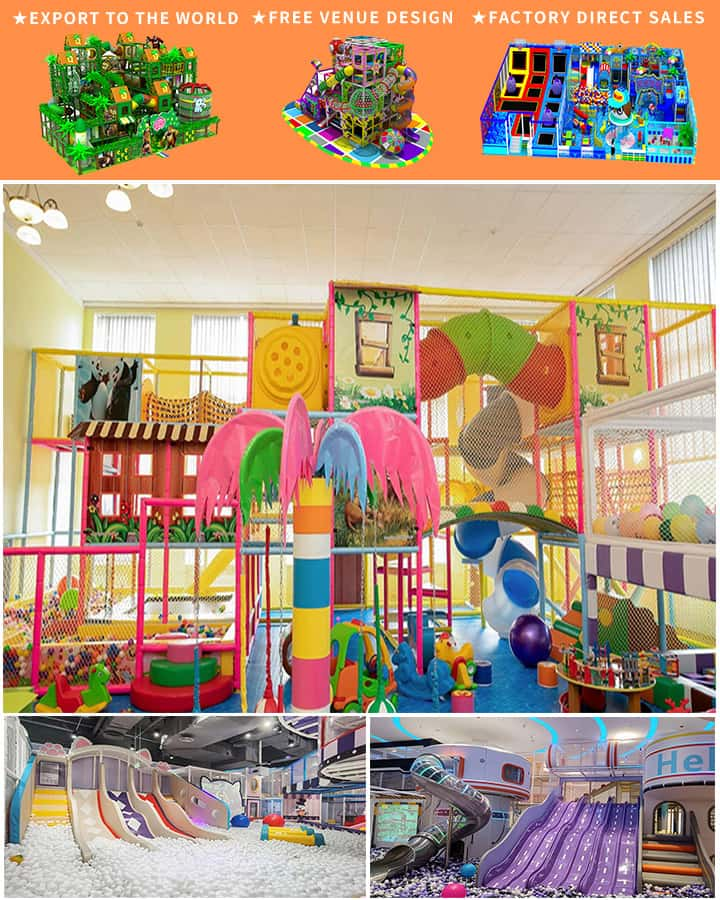Starting a children’s indoor playground can be an exciting and profitable venture, given the rising demand for safe and engaging environments where kids can play. Here’s a step-by-step guide to help you navigate through the essential stages of opening your own indoor playground.
Market Research and Planning
Understanding the Market
Conduct thorough market research to understand the local demand, competition, and target demographics. Identify the gaps in local offerings and determine what unique features or services you can provide. This will form the backbone of your business plan.
Business Plan Development
Create a detailed business plan outlining your objectives, target market, services offered, marketing strategies, and financial projections. A well-crafted business plan is crucial not only for guiding your operations but also for securing investors or loans if needed.
Location and Space
Selecting the Location
Choose a location that is easily accessible, preferably near residential areas or places with high foot traffic like shopping centers or community hubs. Adequate parking space and proximity to public transport are additional factors to consider.
Designing the Space
The design of your indoor playground should maximize safety while providing ample opportunities for fun and physical activity. Incorporate age-appropriate structures such as slides, climbing frames, ball pits, soft play areas, and interactive installations. Ensure there is enough space for free movement to prevent overcrowding and accidents.

Safety First
Equipment Selection
Invest in high-quality, durable equipment that meets all safety standards and regulations. Non-toxic materials, rounded edges, and shock-absorbent flooring are essential. Regular inspections and maintenance are necessary to ensure ongoing safety.
Staff Training
Hire friendly, responsible staff trained in first aid and child supervision. Proper training ensures they can handle emergencies and maintain a positive environment where children feel secure and entertained.
Legal and Financial Considerations
Licensing and Permits
Obtain the necessary licenses and permits required by local authorities. This may include health and safety permits, zoning approvals, and business licenses. Compliance with legal requirements is crucial to avoid future complications.
Budgeting and Funding
Develop a detailed budget covering startup costs (equipment, renovation, staff), operating expenses (utilities, maintenance, salaries), and contingency funds. Explore various funding options like personal savings, bank loans, or investors to cover initial costs.
Marketing and Community Engagement
Branding and Promotion
Create a compelling brand identity that appeals to both children and parents. Utilize social media, local advertising, and community events to promote your playground. Offering introductory deals or hosting open houses can attract initial customers.
Building a Loyal Customer Base
Encourage feedback from parents and guardians to continually improve your services. Hosting regular events such as themed parties, educational workshops, or parent-child activities can foster a loyal community around your playground.
Monitoring and Growth
Track Performance
Regularly monitor key performance indicators such as customer footfall, revenue, and feedback. Use this data to make informed decisions and tweak operations for better efficiency.
Expansion Opportunities
Once your indoor playground gains traction, consider opportunities for expansion. This could involve adding new sections, increasing capacity, or even franchising your successful model to different locations.
Starting a children’s indoor playground requires meticulous planning, a strong focus on safety, and a commitment to delivering joyful experiences for children. By following these steps, you can create a thriving business that brings smiles to countless young faces.




